Check out photos of the Buccaneers' current roster.





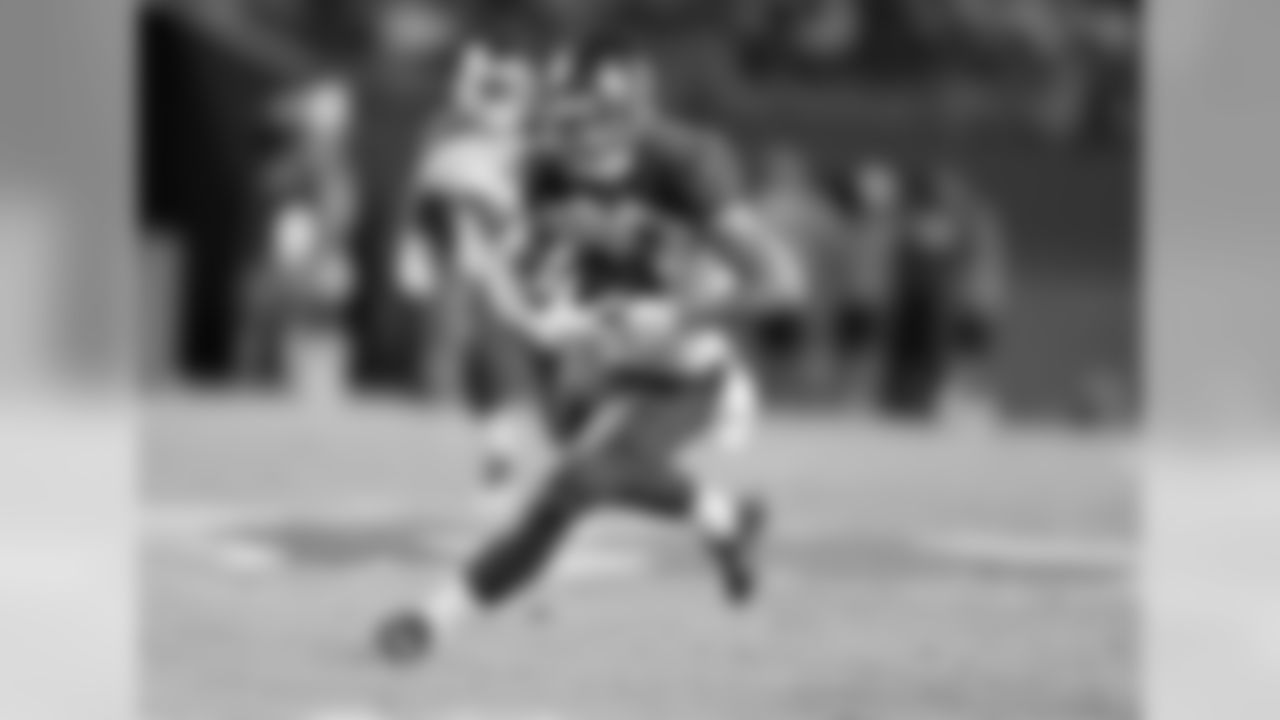




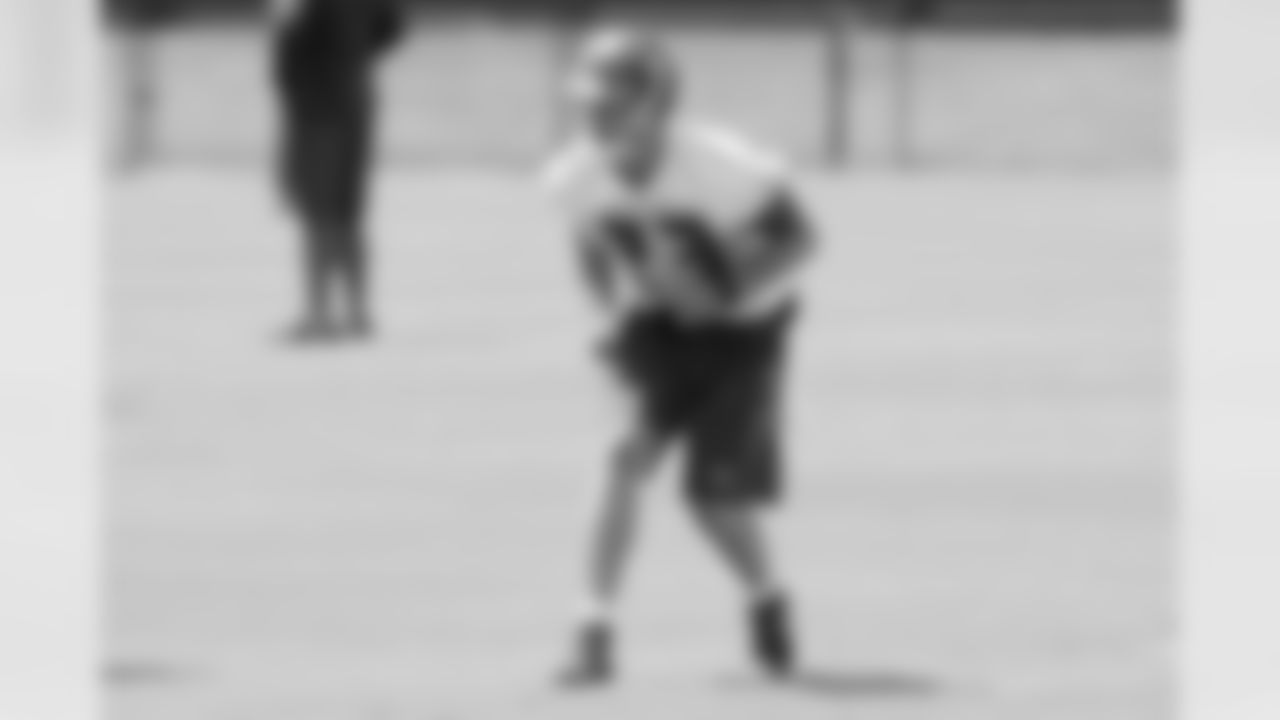

















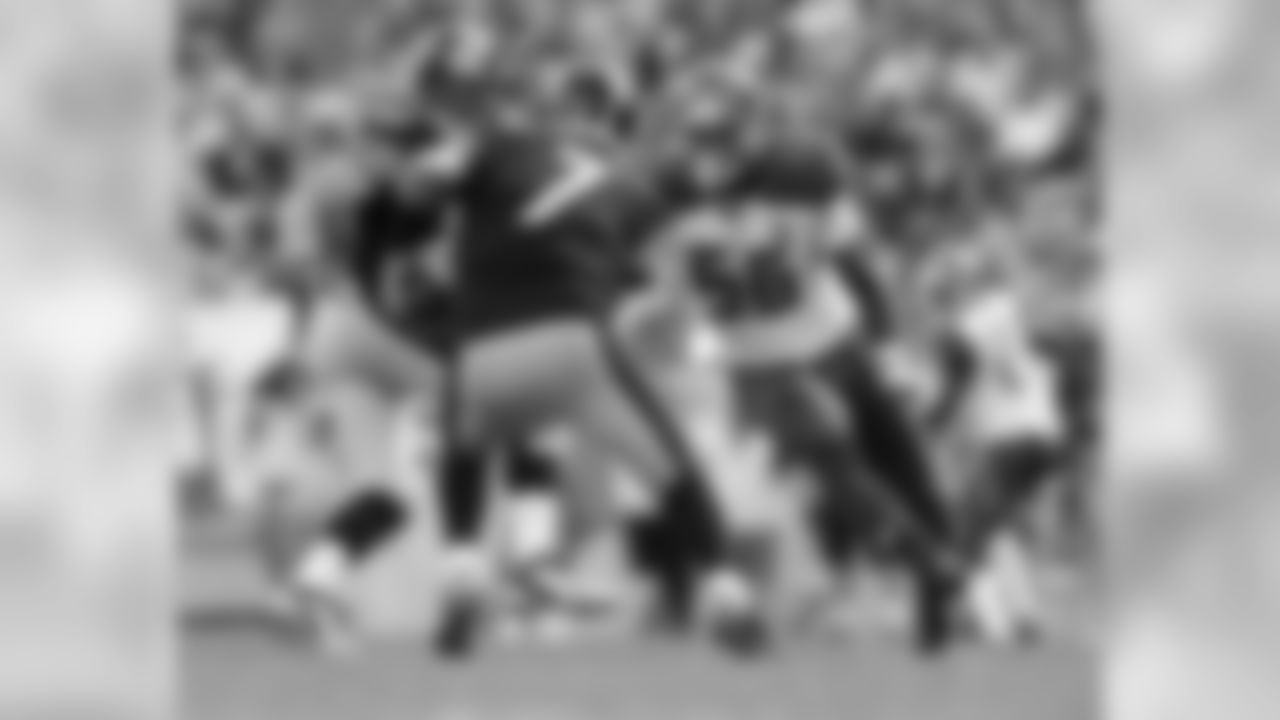










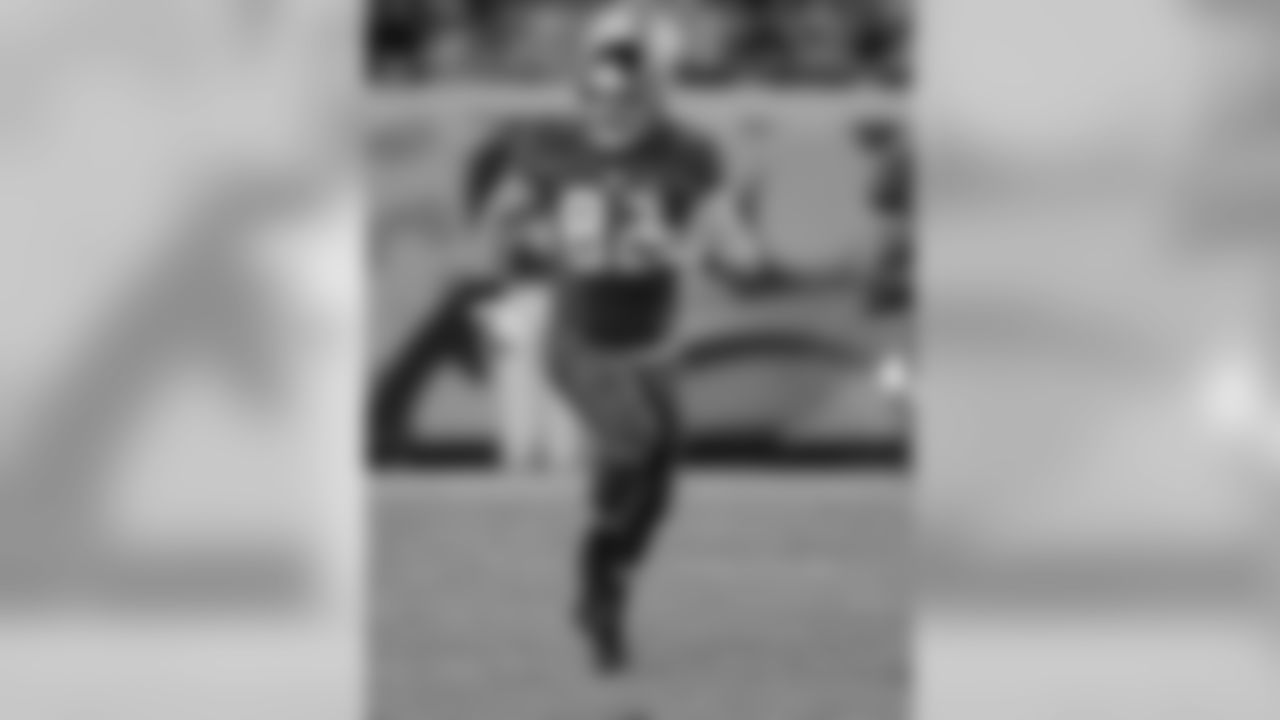

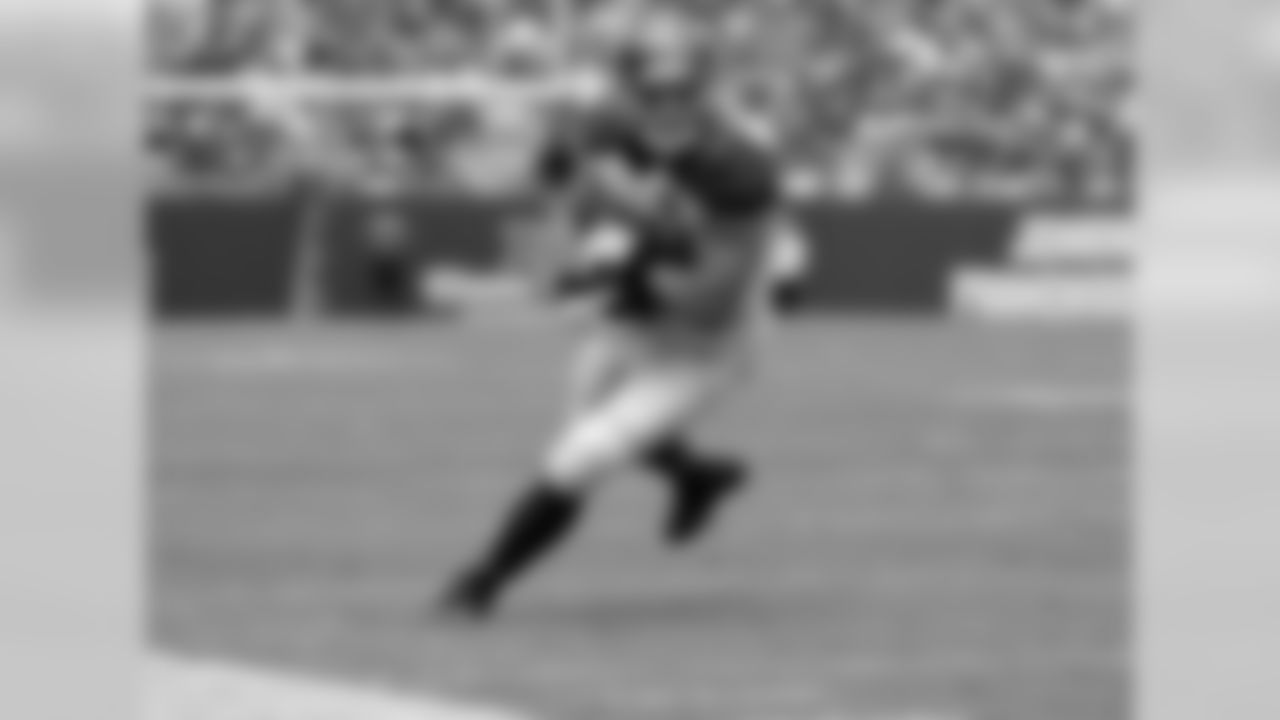











Related Links
Articles
Photos
Videos
After the Tampa Bay Buccaneers' offseason practice on May 11, second-year tight end Austin Seferian-Jenkins answered a handful of questions for local reporters. It was essentially his first meeting with the assembled media since the end of a rookie campaign that could best be described as "unsatisfying." That's an evaluation mainly of the team's 2-14 record, but it's also true that injuries kept Seferian-Jenkins from personally making as much of a contribution as the team had likely expected from the second-round pick.
Seferian-Jenkins doesn't plan on feeling unsatisfied again at the end of the Buccaneers 2015 campaign.
"I just need to stay healthy," he said. "If I stay healthy – which I will – I'll have a great year. Not worried about that."
And that begs the question, what would a great year for the second-year player look like? Fifty catches? Five touchdowns? Seven hundred yards? When questioned about his goals for 2015, Seferian-Jenkins answered without invoking any statistical milestones. It wasn't a bad answer – it was admirably team-oriented, in fact – it just wasn't a very juicy bite for the stat-obsessed. Like me.
"My goal is to win as many games as the Tampa Bay Buccaneers [can]," he said. "I think that's the most important thing. However many balls I catch, how many touchdowns I catch, whatever blocks I have to make, the most important thing is that we win games here and we live to our potential and play to our talent level. That's the most important thing. Personal goals are really out the window – it's about the team."
Fair enough, but let's talk numbers anyway. What would a good statistical goal for Seferian-Jenkins be, in terms of what it would likely mean for the Buccaneers' fortunes, and as indicator of how his career might unfold? The young tight end won't be chasing any personal numbers, but he could still achieve them in support of his primary goal.
A gallery of 2015's top rookies, based on NFL.com's projections.










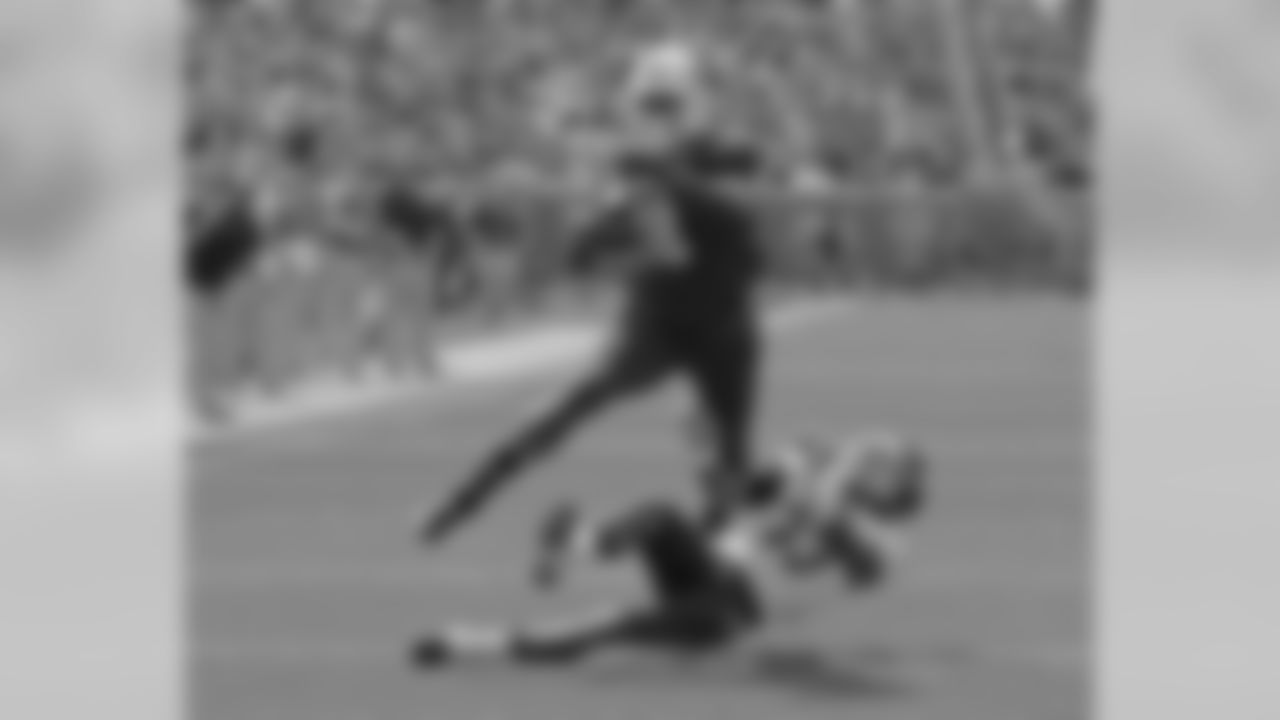




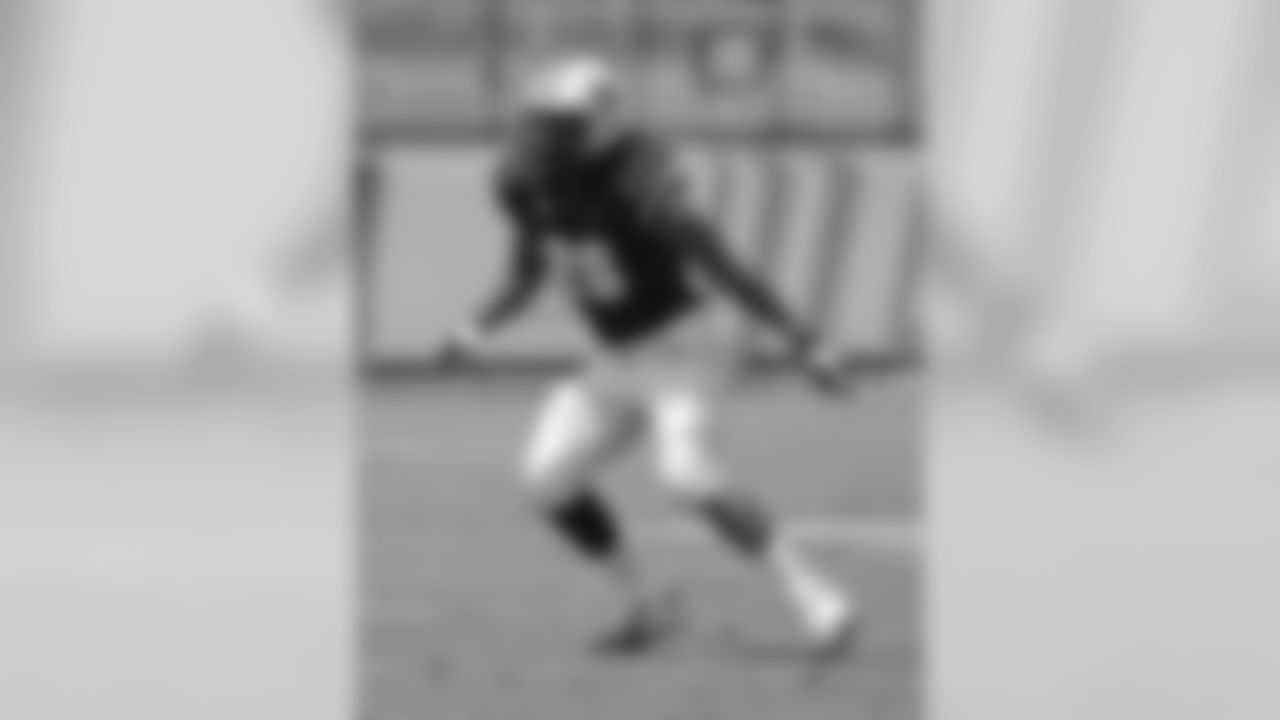

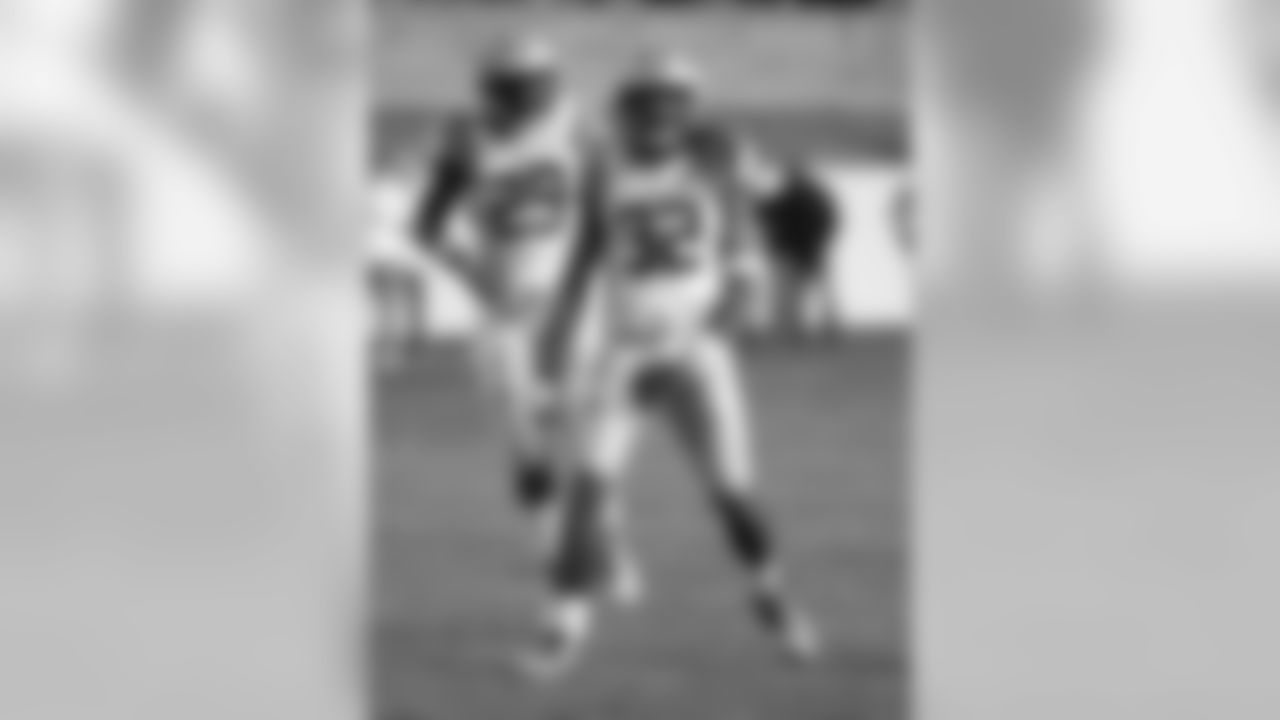
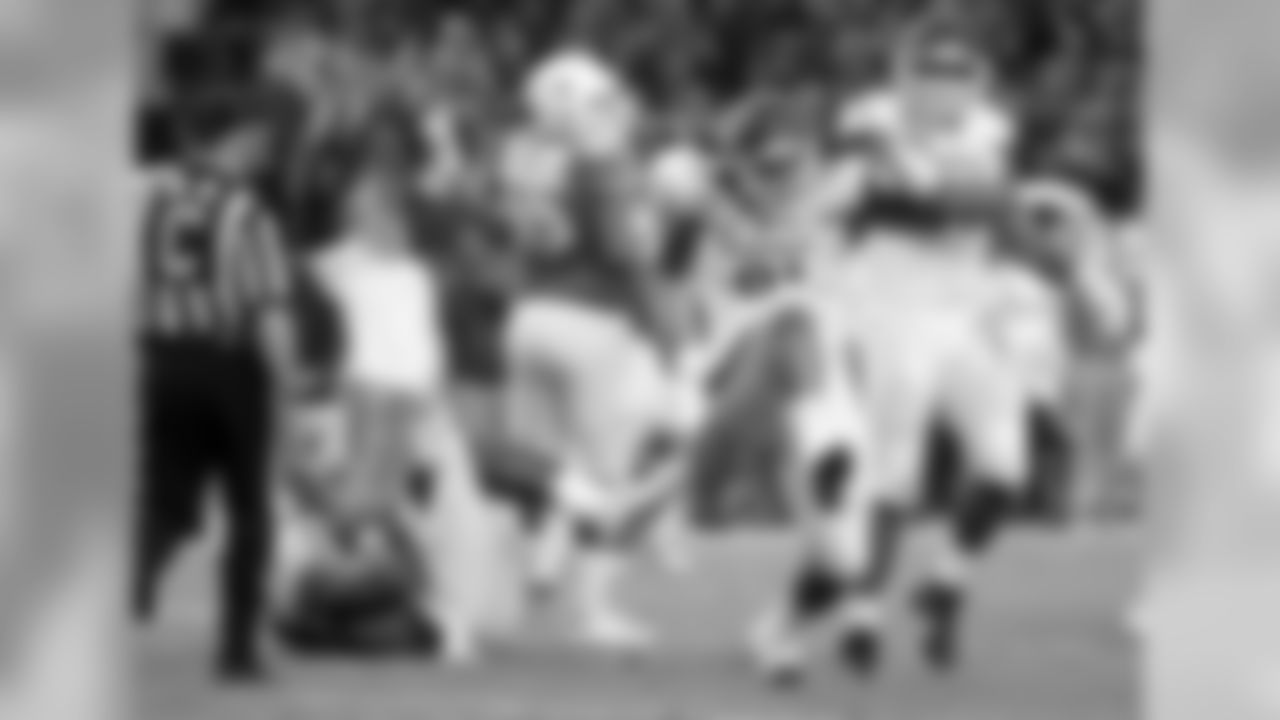



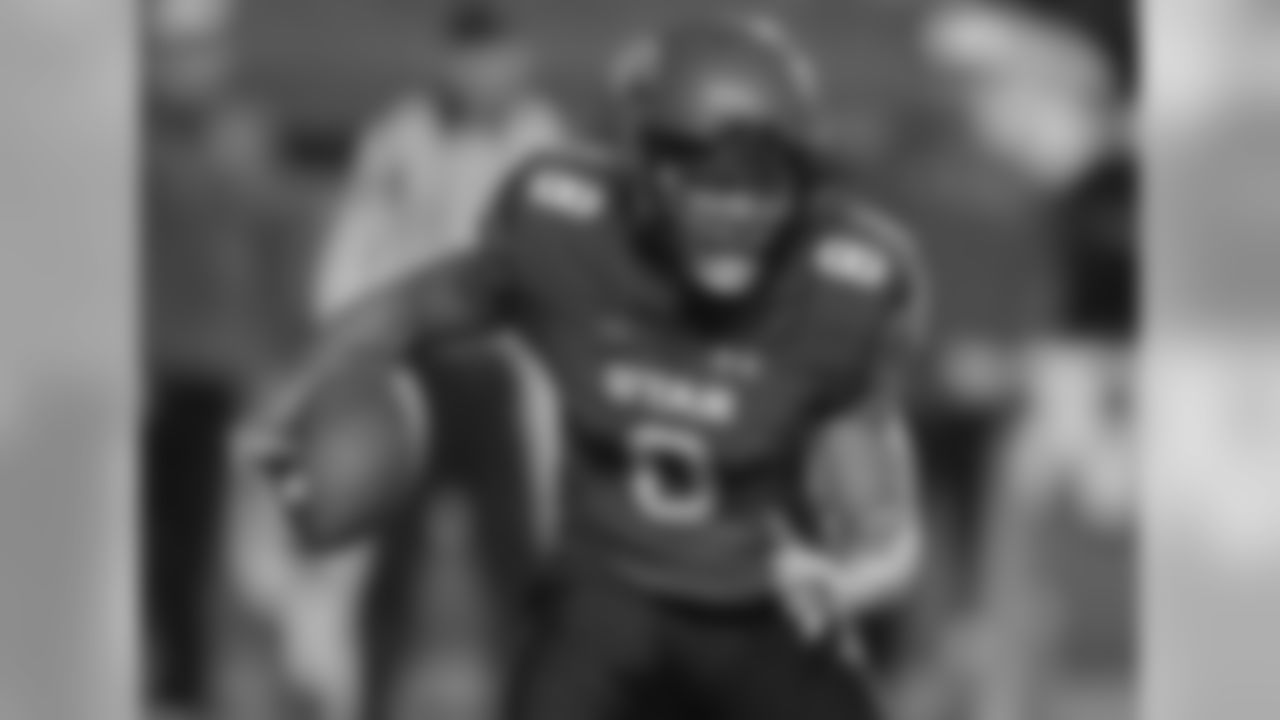

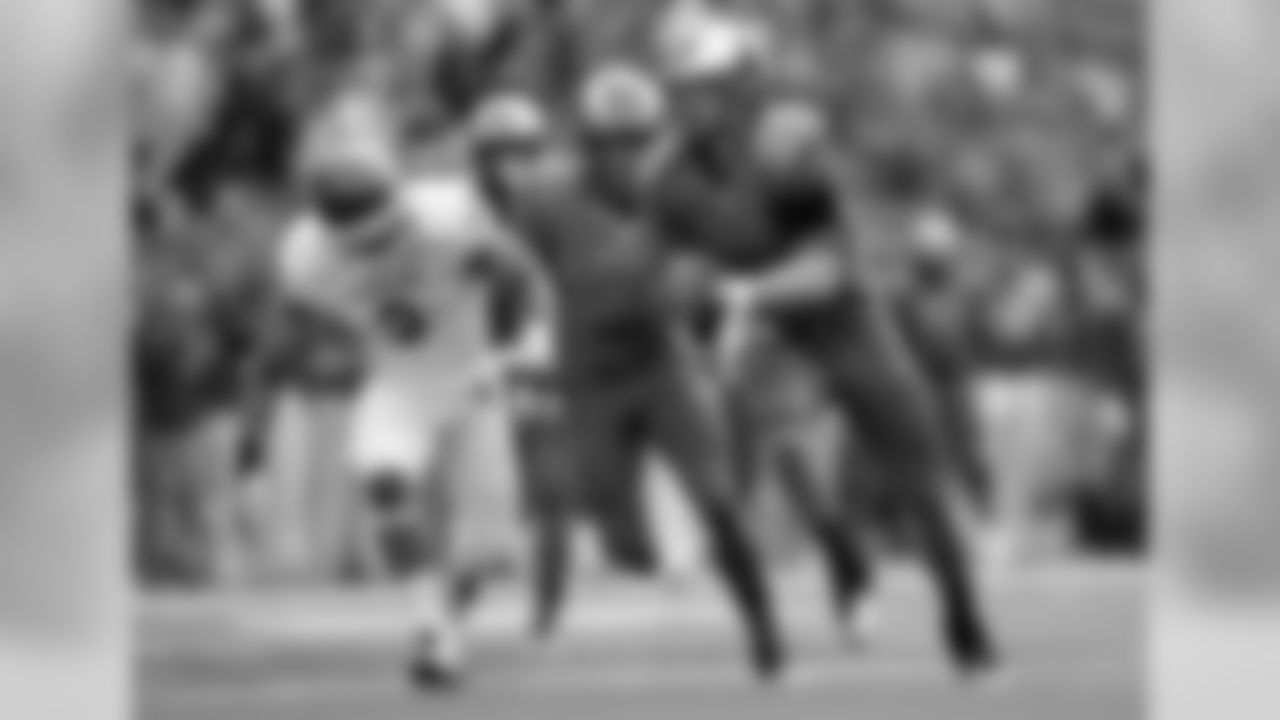
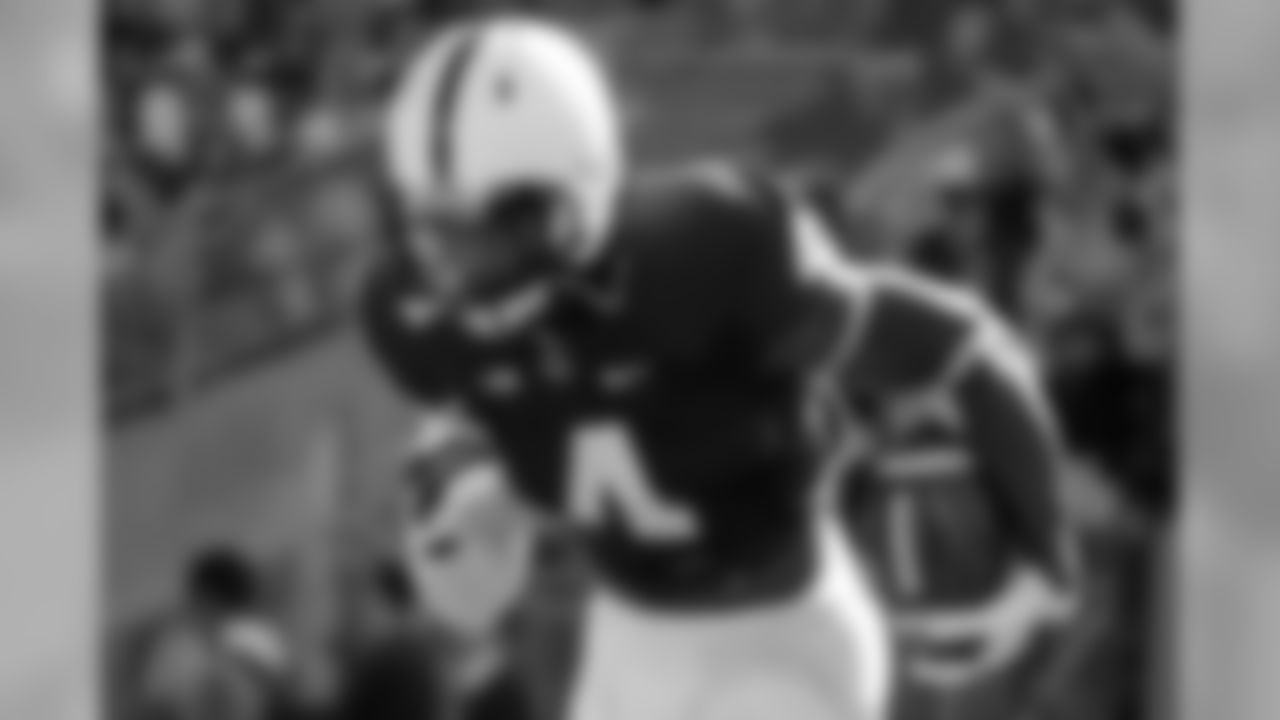























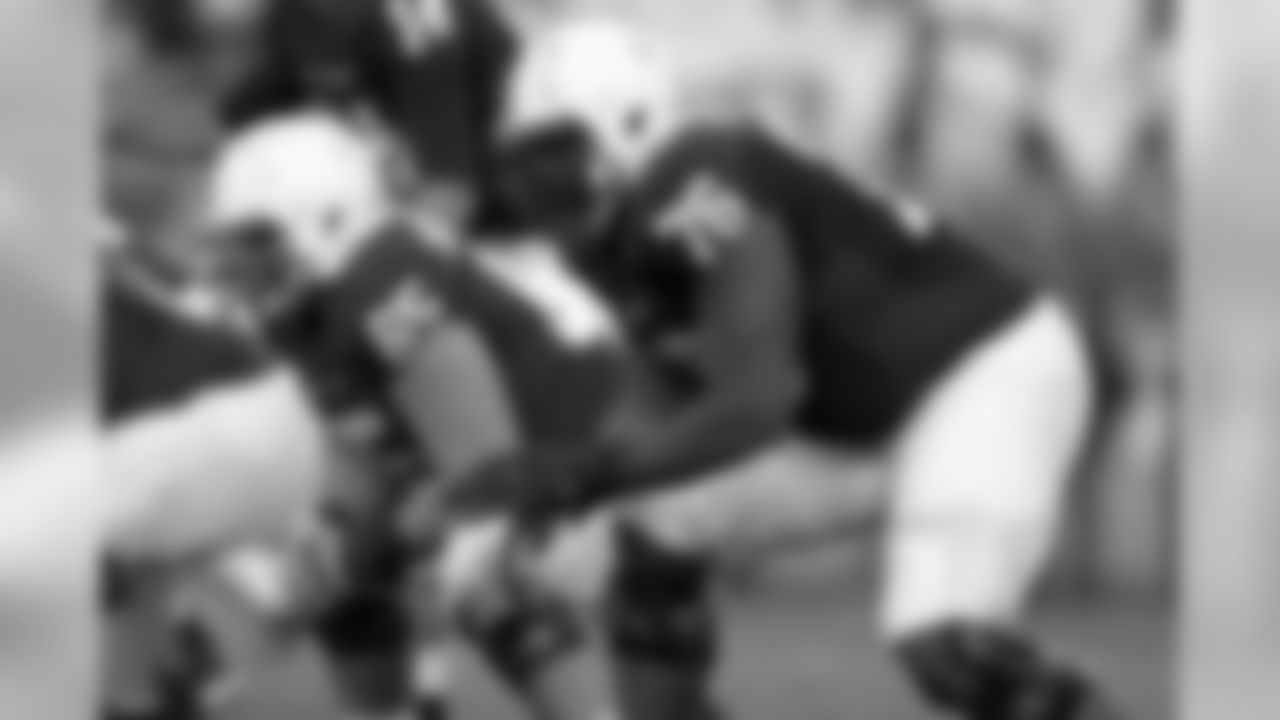

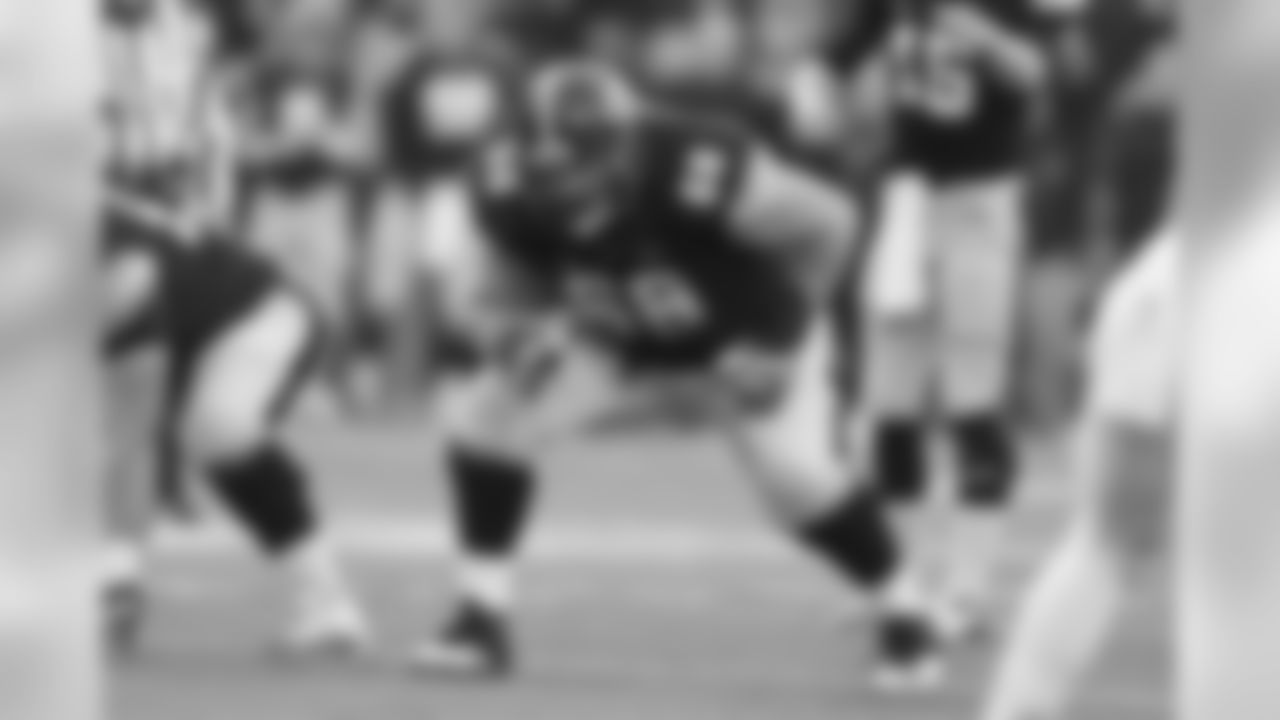

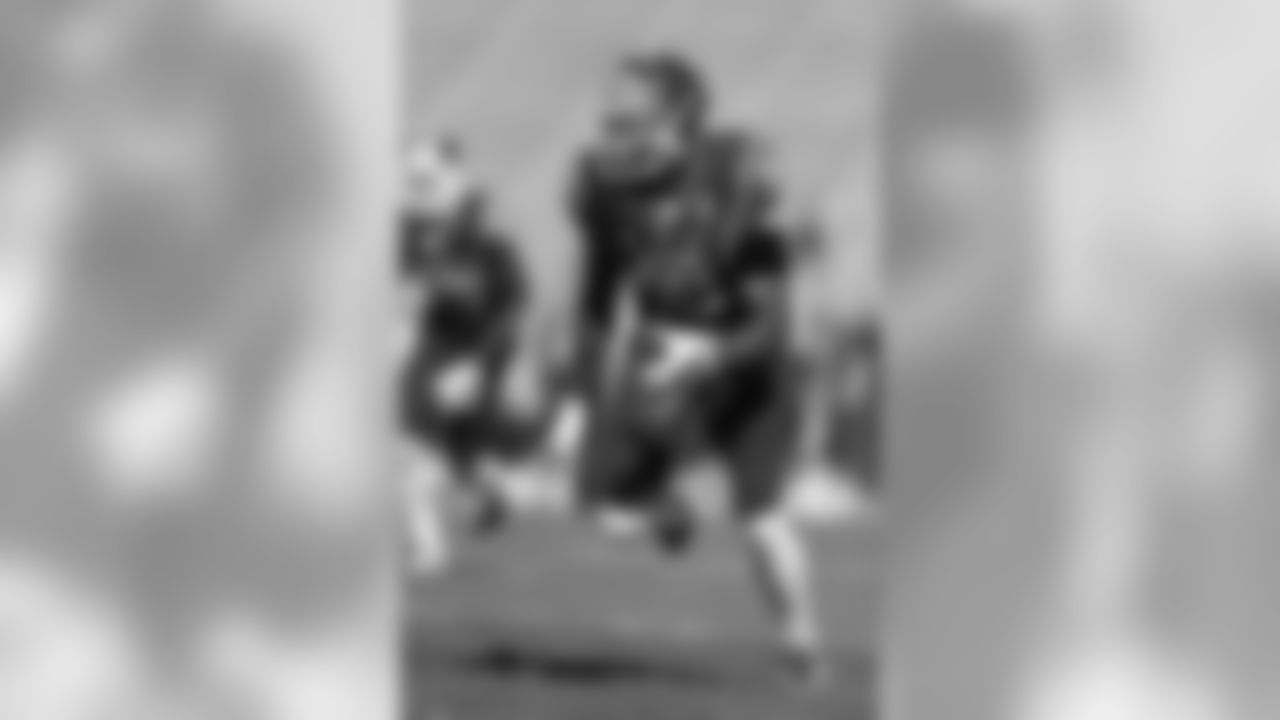





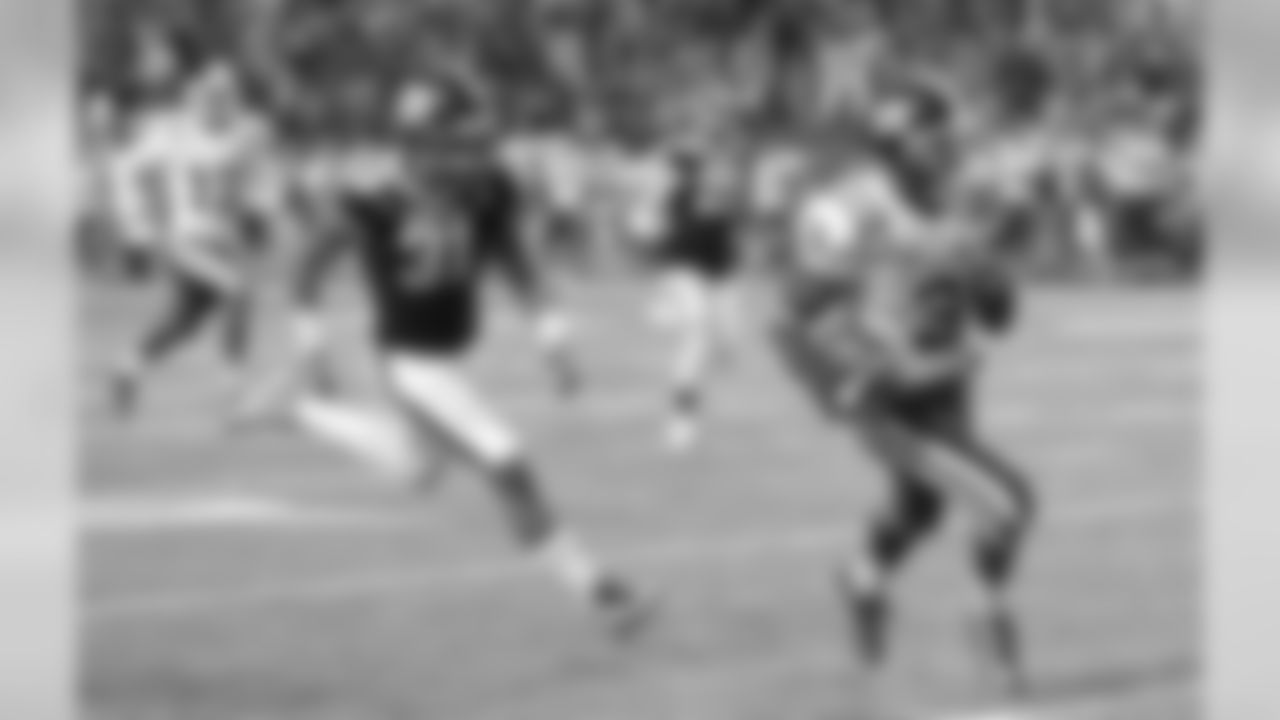
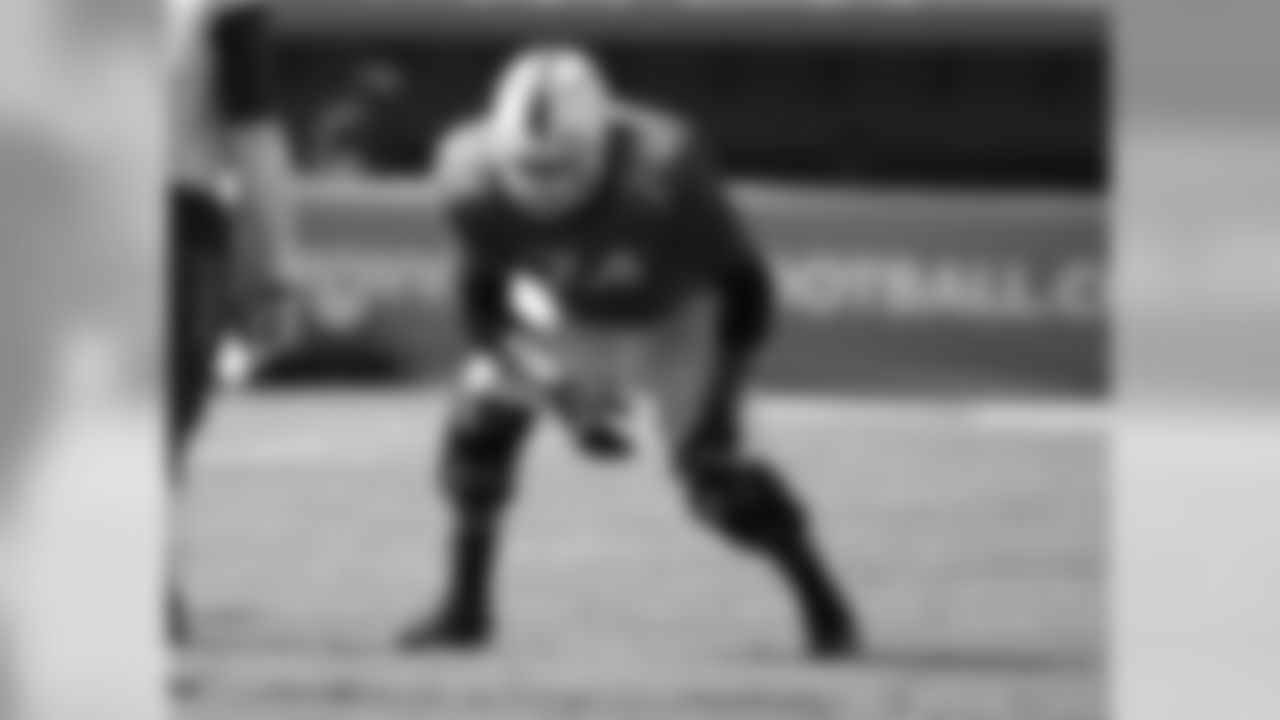
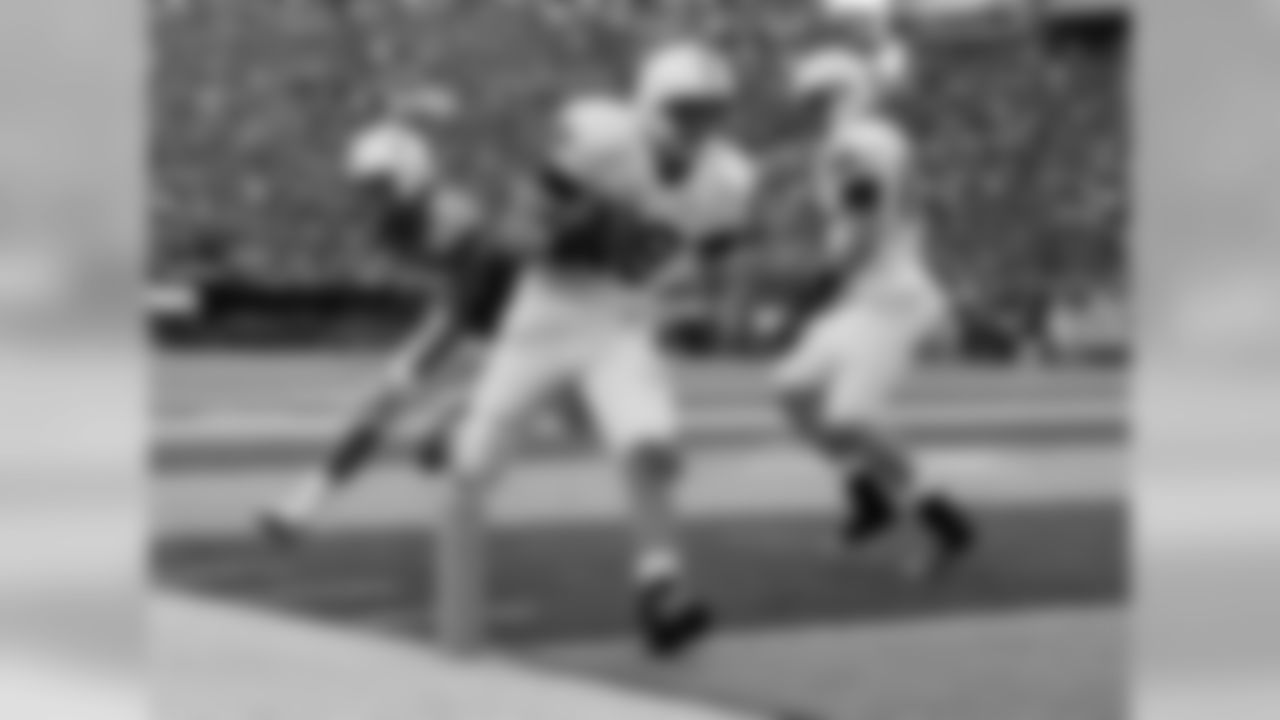
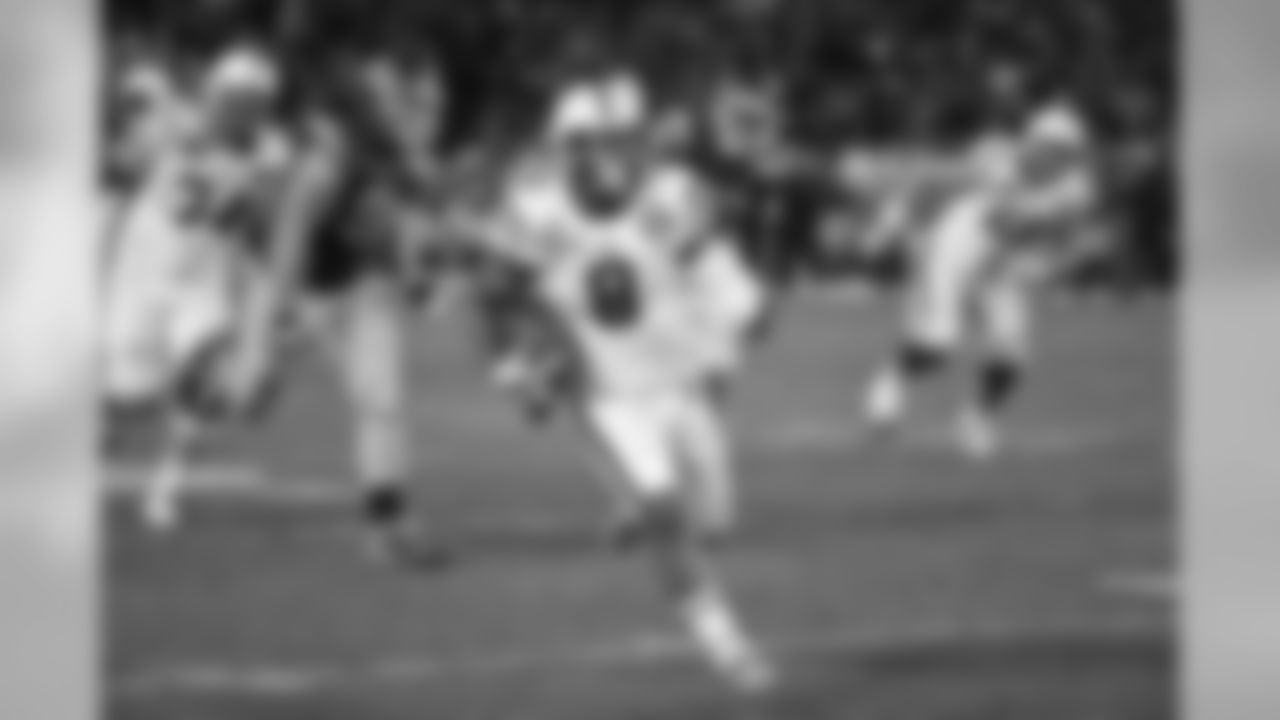



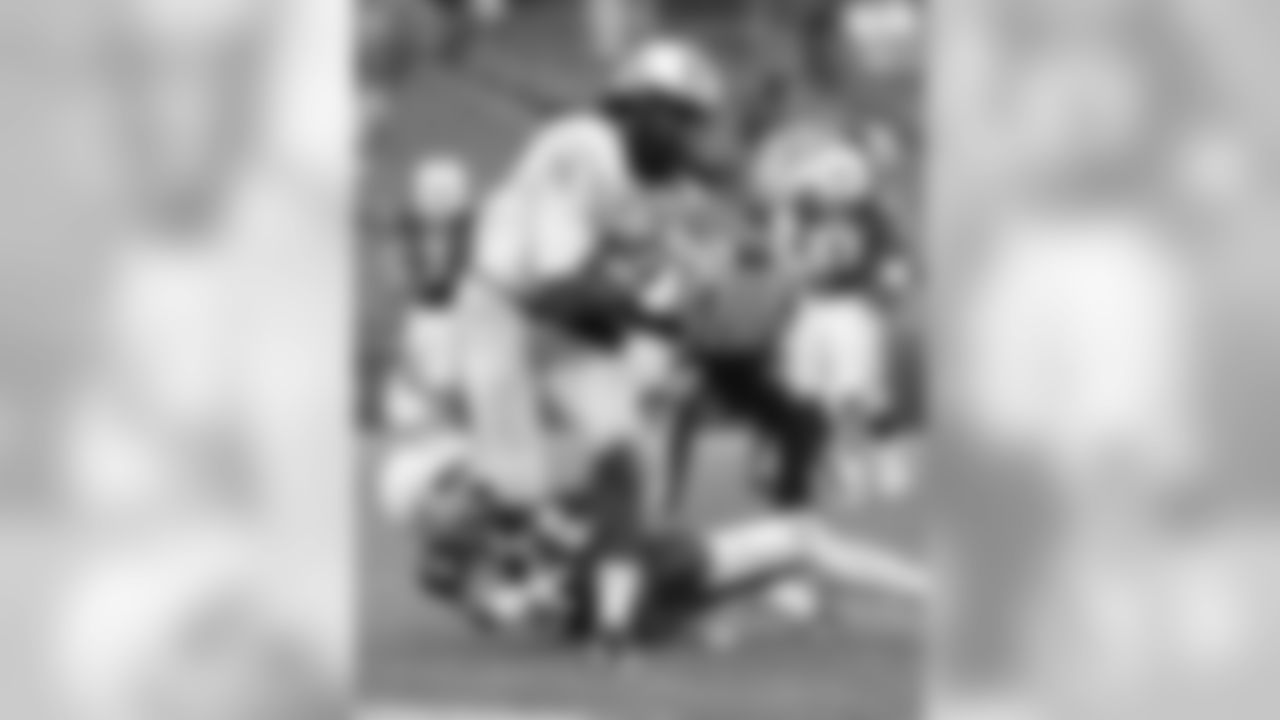







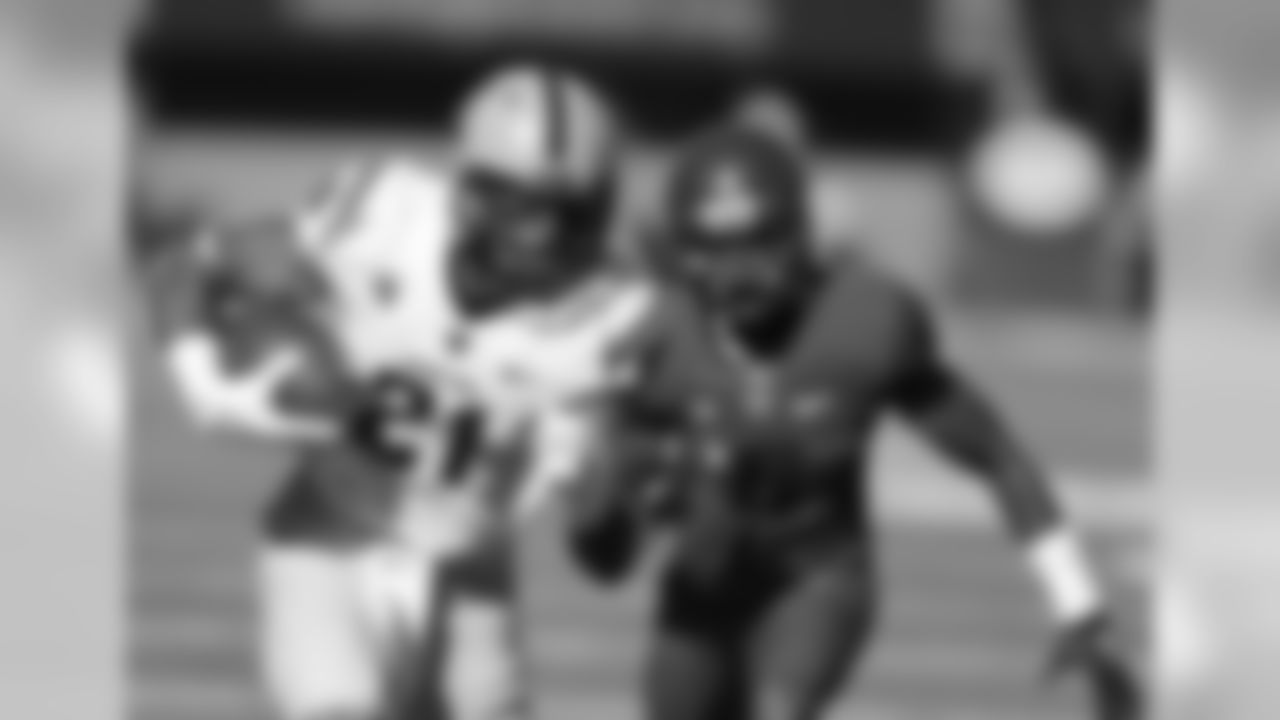

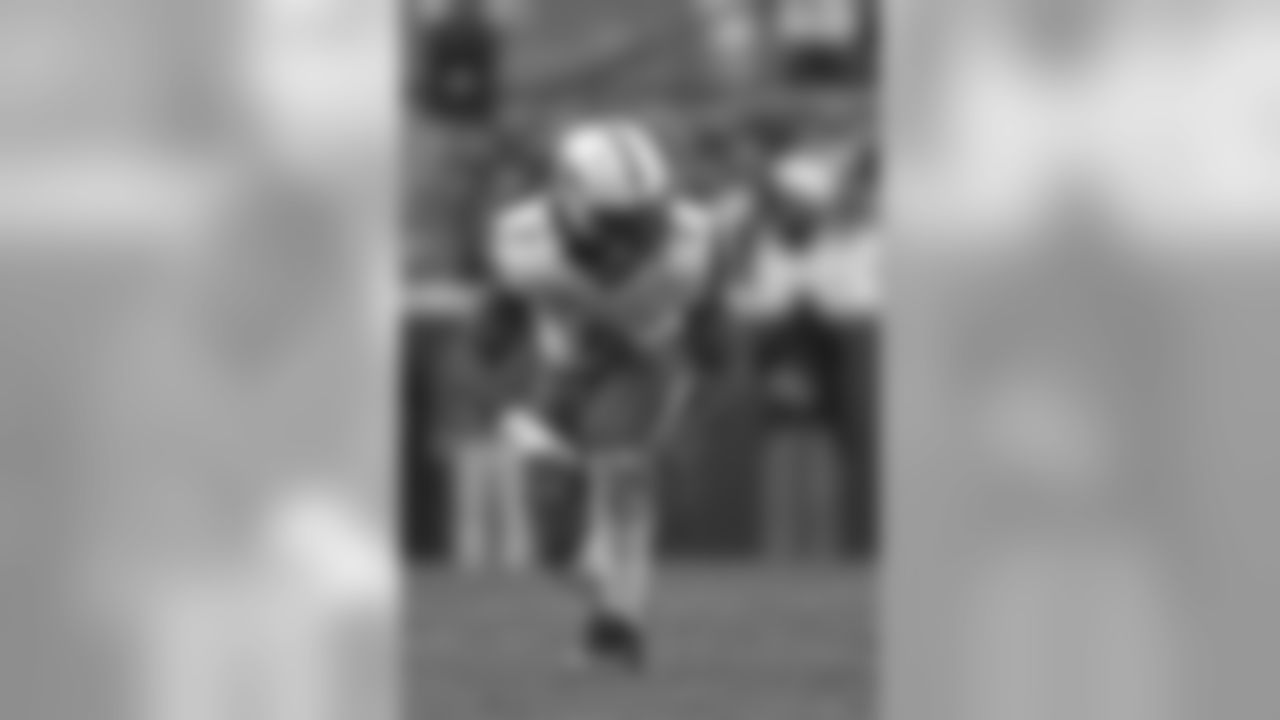























Let's take a very simple approach to setting this goal: What did playoff teams get out of their top pass-catching tight end last year? Well, those 12 tight ends combined to average a catches-yards-TDs stat line of 50-600-5. Seferian-Jenkins and Brandon Myers were essentially co-leaders for the Buccaneers at tight end, the former with 21-221-2 and the latter with 22-190-0.
New England's Rob Gronkowski and Carolina's Greg Olsen skew the above playoff-team averages to the high end but are more than offset by relatively unproductive tight end positions in Detroit, Seattle and Arizona. Eight of the 12 playoff teams from last year had a tight end who had at least 43 catches, at least 460 yards and at least three touchdowns. So let's be conservative with ASJ, especially with Myers still around to split the load, and double his rookie output. That would put him at 42 catches for 442 yards and four touchdowns. Obviously, there's a good chance he can do better than that, but those numbers would probably be indicative of an offense that is performing significantly better than it did the year before.
In the spirit of that exercise, let's pick four more players from the Buccaneers' roster and concoct arbitrary statistical goals, ones that would likely go hand in hand with a serious team improvement in 2015.
1. Gerald McCoy: 10 sacks
This is the year.
Not only have the Buccaneers not had a 10-sack defender since the end of Simeon Rice's amazing run in 2005, but McCoy himself has been knocking on the door of that milestone for a couple years without gaining entrance. Last year, he was at 8.5 with three games to go when a knee injury shut him down for the rest of the regular season. Opportunity missed.
Ten sacks for McCoy would mean several things for the Buccaneers, all of them good. First, it would likely mean a fully healthy 2015 season for perhaps the team's most important defender. Back-to-back-to-back Pro Bowl seasons have proved his early-career injury issues to be a fluke; his move to IR last season was more a matter of timing, as the injury would not require surgery. Still, misfortune can strike any player on the depth chart, and the Bucs wouldn't be the same team without McCoy.
Reaching that milestone would also give the Bucs' overall approach for pressuring the passer a better chance of succeeding. Even with the trade acquisition of George Johnson, a seven-sack player for Detroit in 2014, the Bucs are not brimming with proven pass-rushers on the outside. The draft didn't yield any help there because the team wisely chose to use its top assets on a quarterback and several players to shore up his protection. Thus, the Bucs are likely hoping that a strong push up the middle provided by the rotation of DTs McCoy, Clinton McDonald, Henry Melton and Akeem Spence will make things easier for the edge rushers.
Finally, 10 sacks for McCoy would probably also produce another Pro Bowl invite. That wouldn't necessarily mean anything for the Buccaneers in the win-loss department, but it would still be nice to see a Tampa Bay player be selected for the all-star game in four straight years. That hasn't happened since Derrick Brooks completed a 10-year run in 2006 (he went back again in 2008).
2. Charles Sims: 35 receptions
Only five running backs in the NFL had at least 50 receptions last year: Matt Forte (102), Le'Veon Bell (83), Fred Jackson (66), DeMarco Murray (57) and Shane Vereen (52). The Buccaneers don't need Matt Forte-type production in the passing game out of Sims (though they wouldn't send it back, either); they probably don't even need 50 catches from the second-year back. However, if he could establish himself as a consistent force in the passing attack after a rookie season that was cut in half by injury, that would likely ease Jameis Winston's transition to the NFL.
Last year, after missing the first eight games with a knee injury and gradually working his way into the mix down the stretch, Sims caught 19 passes for 190 yards. When the Buccaneers surprisingly made the former West Virginia back their third-round pick in 2014, the notion was that he would use his well-regarded receiving skills to add a new dimension to a backfield that already boasted Doug Martin, Bobby Rainey and Mike James.
Very little went according to plan for the Buccaneers in 2014, particularly on offense. But consider that notion an idea deferred, not shelved. Sims was targeted 27 times in eight games last year; give him 16 games and a young quarterback who might occasionally be looking for a safe outlet, and that number could easily balloon to, say, 65 targets and 35-40 catches. That would likely be the sign of a Buccaneer offense that was utilizing more options than in 2014, when most of the passing attack went through the (admittedly outstanding) duo of Mike Evans and Vincent Jackson.
3. Kaelin Clay: One kick return touchdown
Seriously, just one.
Okay, we'd love to have two or three, but this isn't about being greedy. This is about finally finding a spark for a return game that hasn't found the end zone for Tampa Bay since 2010. Now, one runback that goes to the house could easily be a fluke and wouldn't necessarily tell us that the return game was a great advantage for the Buccaneers in 2014, but more likely it would mean that the team did a great job of finding value in the sixth round of the draft.
Clay is a rookie receiver out of Utah, and he might find that it takes him some time to find a role in the passing attack amid the likes of Evans, Jackson, Seferian-Jenkins, Sims, Louis Murphy and even fellow rookie Kenny Bell. On the other hand, the Bucs have already made it clear that Clay will get every opportunity to win the punt and kickoff return jobs. He scored four times on returns last fall in his only season with the Utes.
Head Coach Lovie Smith places a lot of emphasis on special teams and believes they can make the difference in a win or two every season. If Clay proves him right in 2015, the team's maddening tendency to fall just short in 2014 could be a thing of the past.
4. Lavonte David: Four interceptions
David was undoubtedly one of the best 4-3 outside linebackers in the NFL last year, and even with a change of defensive schemes he was every bit as good in 2014 as he had been when he won All-Pro honors in 2013. David did not get the same recognition from the Associated Press at the end of last season, however, and that was due to the raw numbers.
In 2013, David racked up five interceptions and seven sacks, an exceedingly rare combination of statistics for an NFL defender. Last year, he was shut out in the interceptions department and limited to one sack. He was still the seventh-rated OLB by Pro Football Focus last year (after ranking second in 2013), but the stat line wasn't nearly as gaudy.
The Bucs' defense could use a little gaudy. Danny Lansanah surprised by picking off three passes and returning two of them for touchdowns last year, but that was it for the Buccaneers' linebacking crew. As a whole, the Buccaneers tied for 14th in the NFL in interceptions, and their 25 total takeaways only resulted in 65 points all season. By comparison, Buccaneer opponents turned their 33 takeaways into 102.
Every team understands the critical importance of turnovers in the NFL, but that factor has always been a hallmark of Lovie Smith's best teams. The Buccaneers simply need to take the ball away more often on defense in 2015, and they need the man roaming the middle of their defense to lead the charge.






















